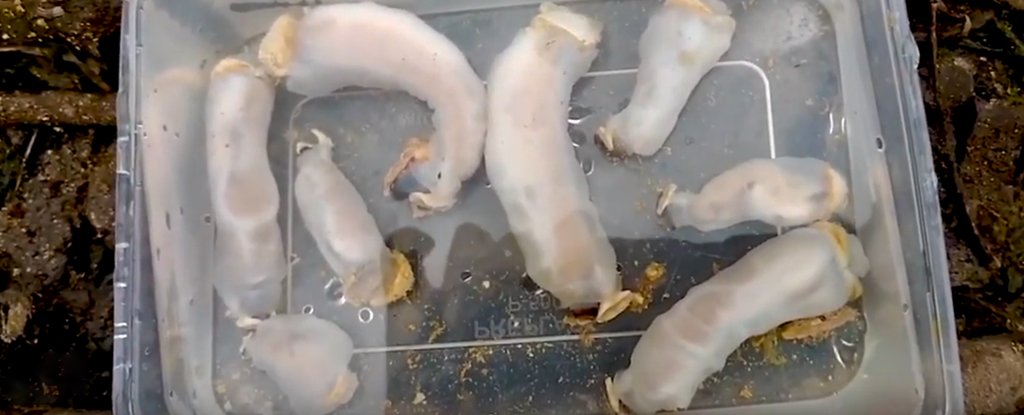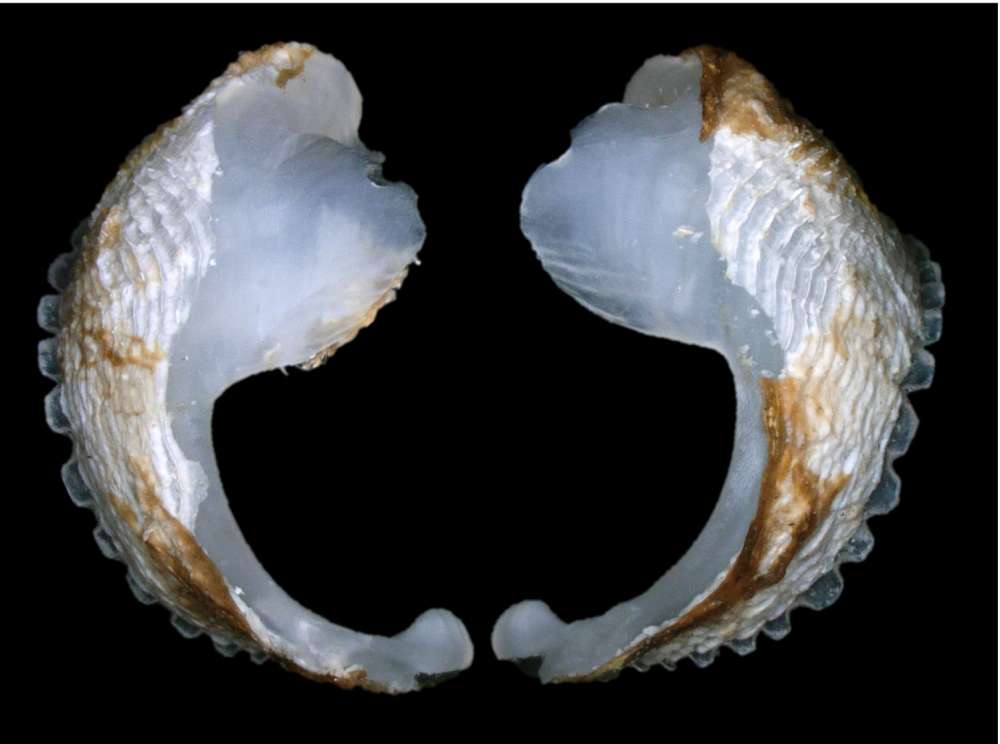
Shipworms, which munch through wood and help release essential nutrient stored within it, are incredibly beneficial for other marine animals. However, the saltwater bivalve mollusks have been known to sink boats and cause extensive damage to docks, piers, and other wooden structures. Now, researchers have uncovered a shipworm species of a different kind — one that has the potential to change the course of a river by gnawing through its limestone bedrock!
The Lithoredo abatanica, the only known freshwater species of shipworm, appears to be exclusive to the Abatan River in eastern Bohol, Philippines. Researchers first became aware of its existence in 2006. However, it was only recently that a team, led by Reuben Shipway, a postdoctoral researcher at Northeastern University, was able to conduct a detailed analysis of the tiny animals, which are notorious for digging thumb-sized burrows in the river's rocks.

The quest to learn more about the rock-eating shipworms began in 2018 when the team descended upon the Philippines region to obtain specimens. Within a few minutes of splashing around the river bank, they noticed large chunks of sandstone dotted with holes. The scientists split open one using a chisel and hammer, only to find a shipworm wriggling around. "Cracking open the rock and seeing these plump little worms flop out was really, really cool," Shipway told IFLScience. "We knew we had hit shipworm gold."
The researchers noticed that the mollusks did not resemble other members of their species. "Most shipworms are long, skinny, and worm-like — usually as big as your pinky in terms of thickness, so these ones are really quite different," said Shipway. "These animals are quite chubby, robust. They look really different."

A closer study of the rock-eating specimens, published in the Proceedings of the Royal Society B on June 19, 2019, revealed further differences. Unlike wood-eating shipworms, which have hundreds of sharp, invisible teeth covering their shells, the rock-eating L. abatanica sported a few dozen thicker, larger teeth more suitable for burrowing through the limestone.
Saltwater shipworms also store the wood they consume inside a special digestive sack, where special bacteria breaks it down. The freshwater species, however, have neither a storage area nor bacteria, leading the researchers to conclude they don't depend on the rocks — which are excreted as sand — for sustenance. This led the team to speculate the tiny mollusks may be obtaining their nutrition from bacteria inside their gills. Alternatively, similar to their wood-eating cousins, they could also be sucking in plankton through the siphon located on their rear end.
Shipway says, "Lots of other species of shipworms rely on their gill symbionts to provide the nutrition. Our next research priority is to check whether these symbionts are present in these gills and try to figure out if they are helping to provide nutrition for these animals."

Though the mollusks' rock-eating habit has the potential to change the river's course some day, it is extremely beneficial for animals in the ecosystem. The crevices the shipworms create in the limestones make perfect homes for crabs, snails, and small fish. Also, unlike the wood-eating shipworms, the L. abatanica are very popular among the locals who consume them raw dipped in a sauce made of vinegar, onions, ginger, and salt. Warlita Manug Armildez of Bohol, Philippines, told IFL Science, "It has a slippery but slightly crunchy texture, but if left in the vinegar for too long it becomes soft. It has a fishy seafood taste, a bit like sea cucumber, before dipping in the sauce." Yum?
Resources: IFLscience.com,phys.org,sciencemag.org, blogs.discovermagazine.com
